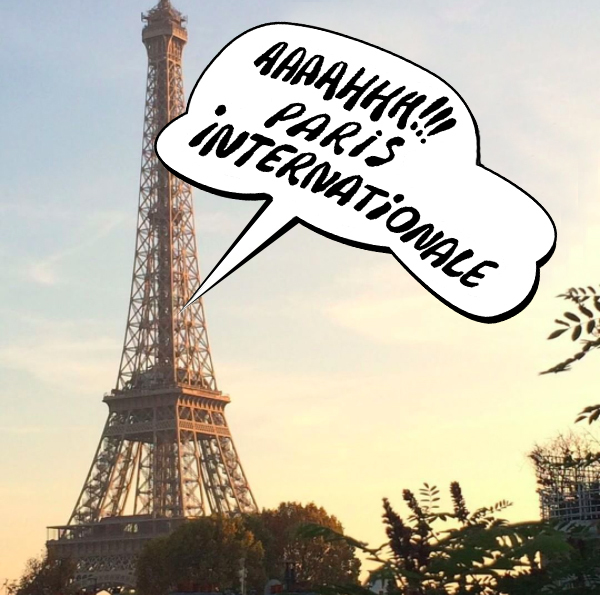Make a gift to help keep Atlanta Contemporary free, safe, and open to all.
Exhibition artist
Jessie Dunahoo
Jessie Dunahoo (1936-2016) was born in St. Helen’s, Kentucky - roughly eighty miles southeast of Lexington. Deaf since birth, Dunahoo additionally lost his vision at a young age, but that didn’t prevent him from the normal preoccupations of boyhood; exploring, fort-building, and other creative pursuits. The support structures for people considered to have a disability in the 1940s (particularly in the rural South) were even more limited than they are today. As a result, Dunahoo was mostly left to his own devices but afforded the artistic freedom to explore and create within the boundaries of the family’s home and land. Using various fences and trees, he would hang intersecting lines, ropes, and wires that could be grasped and threaded, creating a 3-D map he used to navigate outdoor space. Some of these paths led him through the woods and into a space his nephew refers to as “Jessie’s place,” an area once covered with his sewn awnings and decorated with handmade furniture built using things scavenged around the farm. Dunhaoo eventually moved into a state-operated group home in Lexington. As before, the artist continued to construct his environmental sculptures which evolved into complex sewn structures made of found materials, including grocery bags, fabric samples, pieces of old clothing, and twine. Through an interpreter, Jessie described his works as shelters, and they were strung about his home and yard, covering the walls, floor, and ceiling. Dunahoo was keenly aware that others viewed and evaluated his constructions and was always delighted to play the docent, escorting interested viewers in and around his creations. Until his death in May 2017, Dunahoo worked five days at studio space called the Latitude Artist Community in Lexington, Kentucky.
Selected Exhibitions
October 17, 2018 – October 21, 2018

